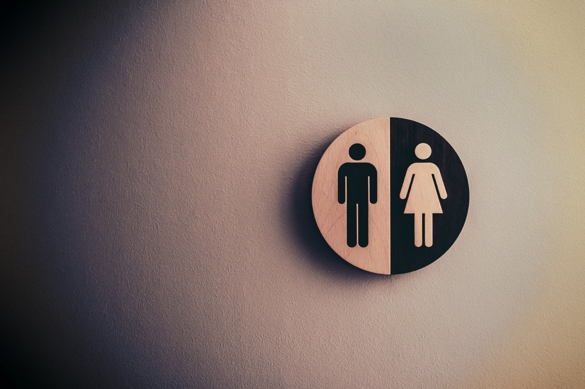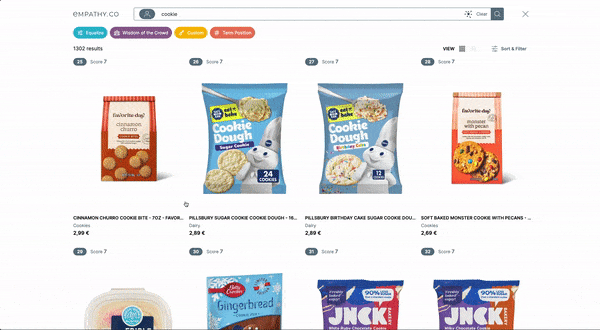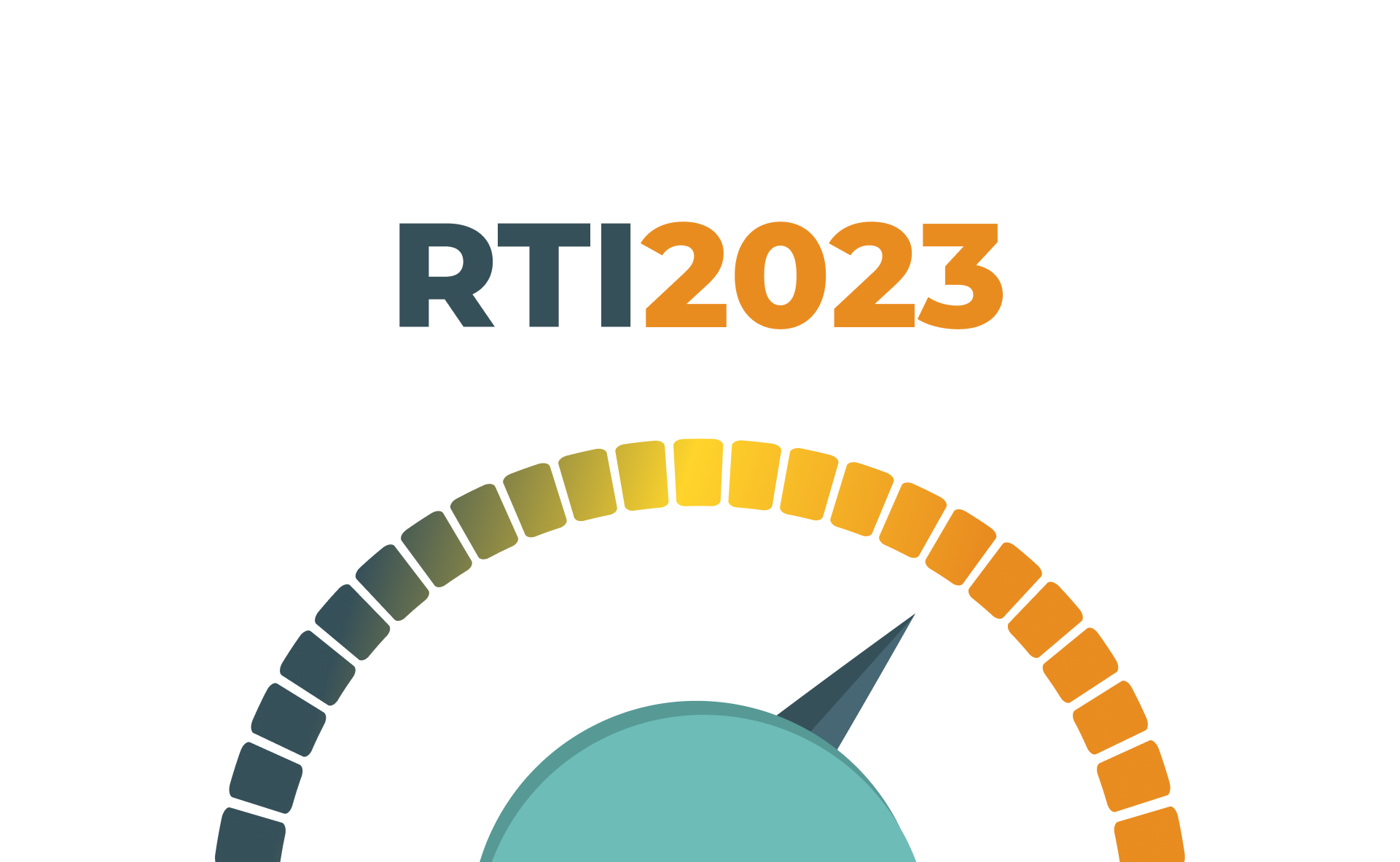The Battle of the Retail Sexes
The Battle of the Retail Sexes
May 15 2019
Men and women want very different things – although I am of course only going to touch on this purely from a retail perspective!
This has been a sticking point for many brands and retailers over the years: how do you market successfully to both genders? What products sell best and why? How can you create separate but equally enjoyable and relatable experiences?

Before you even begin to answer any of these questions, brands and retailers need to answer this one first: what do people actually want from their shopping experience?
The problem is that this answer differs wildly by region. What might work well, for example, for young female consumers in one country might not work the same for those in another.
Our own research shed some light on a few of these variances between the genders in the UK and Spain, and here are some of the key highlights:
- Men in the UK want convenience when they search online, whereas women prefer aesthetics – both are equally important, of course. In 2019, you not only need a smooth and seamless customer journey but you need to make that experience enjoyable as well.
- Spanish men want more personalised recommendations when they go to a brand’s website, almost three times as much as UK men – tailoring the online journey and the products displayed is tricky to get right. In an age of GDPR, being open and transparent with data and stepping away from a big brother like approach has never been more important to maintain trust and loyalty. It’s no wonder, then, that the more confidence people have in brands, the more subjective recommendations they want; Spanish men and women are much more likely to want these personal touches and are more trusting with the data they give away for those recommendations. 50% of Spanish men and women trust brands, vs. 16% of UK men and 21% of UK women!
- Men look to be inspired with suggestions or the latest trends more than women in both Spain and the UK. Maybe there’s something in the saying that men like to wear what they see everybody else wearing whereas women like to stand out in something unique. Or, it could be that women are more fashion savvy and already know what they want when they search for products whereas men prefer to be influenced with hot or new styles.
- Both Spanish men and women are happier with their search experience than their UK counterparts – 66% of UK men and 70% of UK women are happy with using search functions on a shopping site, compared to 79% and 78% of Spanish men and women respectively. Coincidentally, this correlates to Spanish consumers actually making a purchase after using the search function almost 25-66% more than UK shoppers. So, what does this tell us? Well, it certainly highlights the importance of a search function; the happier you are, the more likely you are to make a purchase! It also tells us that there is a real opportunity here for UK brands and retailers to make the whole process more enjoyable. This could be anything from images to moving animations and beyond.
So what have we learnt? That nothing is really universal when it comes to retail.
Without even breaking down the data into age groups, we’ve seen that there are real opportunities to appeal to men and women in different regions. And these aren’t insignificant.
While speed and convenience are of course important aspects of a modern eCommerce model, consumers need to feel inspired when using brands and retailers’ websites. They want to feel understood as individuals and connected to a brand they trust.
Consumers rely on and want an enjoyable experience when they shop – and they expect that nowadays, regardless of who or where they are. It’s time for retailers to step up and create not only more joyful online shopping journeys but ones that take into account user context, intent and individuality to create magic moments online that are filled with emotion and happiness.










